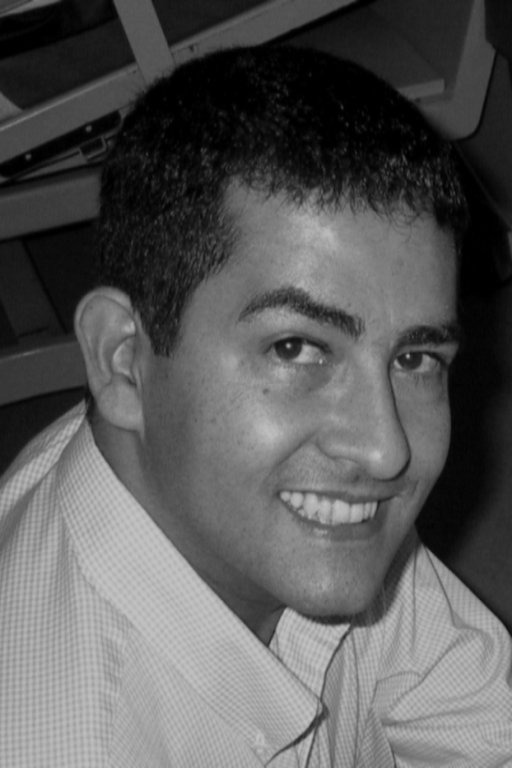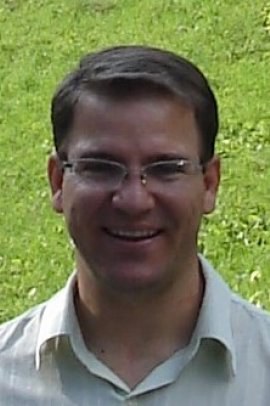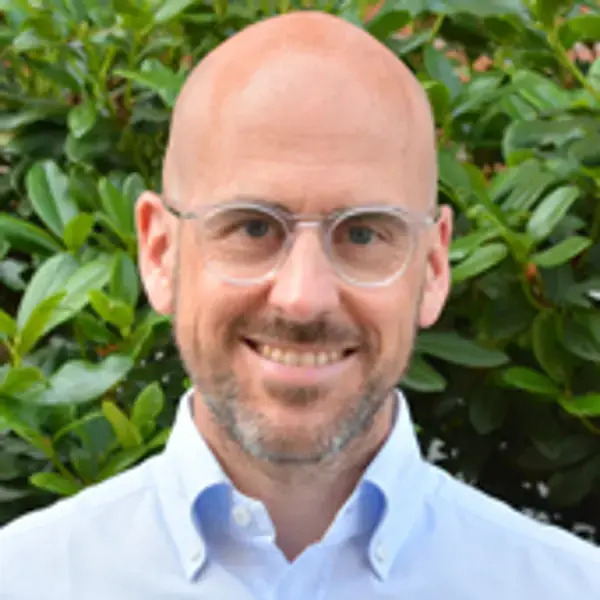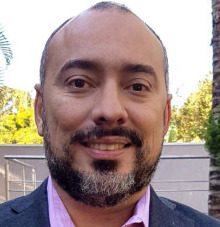Confirmed Plenary Meetings


José Ferreira de Rezende
Abstract: Nos últimos anos, as redes de acesso de rádio (RANs) vêm passando por um processo de softwarização e desagregação dos seus elementos, buscando reduzir os custos de operação e manutenção. A arquitetura OpenRAN segue esta tendência e, além disso, define interfaces abertas e padronizadas para o controle e gerenciamento dos seus componentes, permitindo assim a atuação de controladores inteligentes na otimização e automatização da RAN. Nesta palestra, serão apresentados os conceitos básicos e a arquitetura Open RAN, assim como, os desafios envolvidos nesta iniciativa. Em seguida, será apresentado o programa OpenRAN@Brasil, coordenado pela RNP e financiado pelo MCTI, assim como, detalhadas as oportunidades trazidas por este programa.
About the speaker: José F. de Rezende possui graduação em Engenharia Eletrônica e mestrado em Engenharia Elétrica, ambos pela UFRJ, e doutorado em Ciência da Computação pela Universidade Paris VI. Atualmente, é Professor do Programa de Engenharia de Sistemas e Computação da COPPE/UFRJ e assessor acadêmico-científico na RNP. Atua nos seguintes temas de pesquisa: SDN, comunicação sem fio, redes 5G/6G, redes ópticas, plataformas experimentais e avaliação de desempenho. Mais detalhes

Mauricio Kobayashi
Abstract: Nesta seção, apresentaremos atualizações sobre arquitetura de rede Open-RAN com a adoção de Non-Terrestrial Networks e as atualizações nos testes de Conformance, Interoperabilidade e fim-a-fim baseadas da O-RAN Alliance, incluindo os testes de eficiência energética E-Plane, testes de cyber segurança como TIFG Chap 7 SCAS 3GPP 33.511 mais 33.117 e WG11.
About the speaker: Linkedin

Luana Ruiz
Abstract: Graph neural networks (GNNs) are successful at learning representations from most types of network data but suffer from limitations in large graphs, which do not have the Euclidean structure that time and image signals have in the limit. Yet, large graphs can often be identified as being similar to each other in the sense that they share structural properties. We focus on graph families identified by a common graph limit -- the graphon. A graphon is a bounded symmetric kernel which can be interpreted both as the limit of convergent graph sequences and as a generative model for random graphs. Graphs sampled from a graphon almost surely share structural properties in the limit, therefore, we can expect processing data on a collection of graphs associated with the same graphon to yield similar results. In this talk, I formalize this intuition by analyzing the convergence of GNNs and related neural tangent kernels to their respective graphon limits. While convergence is not surprising, it has three interesting implications. First, it enables machine learning on large-scale graphs via transferability, but at the cost of a tradeoff with respect to the GNN discriminability. Second, it guarantees that we can reach the optimal graphon NN by solving empirical risk minimization on convergent sequences of graphs. Third, it allows a more efficient study of the learning dynamics of GNNs on large-scale graphs.
About the speaker: Luana Ruiz is an Assistant Professor with the Department of Applied Mathematics and Statistics at Johns Hopkins University. She received the Ph.D. degree in electrical engineering from the University of Pennsylvania in 2022, and the M.Eng. and B.Eng. double degree in electrical engineering from the École Supérieure d'Electricité, France, and the University of São Paulo, Brazil, in 2017. Luana's work focuses on large-scale graph information processing and graph neural network architectures. She was awarded an Eiffel Excellence scholarship from the French Ministry for Europe and Foreign Affairs between 2013 and 2015; nominated an iREDEFINE fellow in 2019, a MIT EECS Rising Star in 2021, a Simons Research Fellow in 2022, and a METEOR fellow in 2023; and received best student paper awards at the 27th and 29th European Signal Processing Conferences. See more here.

Celso Jorge Villas-Boas
About the speaker: Possui graduação (1997), mestrado (2000) e doutorado (2004) em Física pela Universidade Federal de São Carlos (UFSCar), e pós-doutorado junto ao Instituto Max-Planck de Óptica Quântica (Garching, Alemanha, 2009-2010). Atualmente é professor titular da Universidade Federal de São Carlos. Tem experiência na área de Física, com ênfase em Óptica Quântica e Informação Quântica, em particular em interação radiação matéria, computação quântica e comunicação quântica. Foi Chefe do Departamento de Física, Coordenador do Curso de Licenciatura em Física, e Coordenador do Programa de Pós-Graduação em Física, todos do Centro de Ciências Exatas e de Tecnologia da UFSCar. Atualmente coordena um projeto temático da FAPESP sobre tecnologias quânticas e um dos projetos escolhidos pelo CNPq para a construção de redes quânticas de distribuição de chaves criptográficas, além de projetos em parceria com o Centro de Pesquisas Avançadas Wernher von Braun (Campinas) que visam o desenvolvimento de soluções quânticas aplicadas a problemas industriais/comerciais. Mais detalhes

Luca Valcarenghi
Abstract: The use of disaggregated, virtualized and open gNodeB in the next-generation radio access network offers benefits such as cost reduction and improved network performance. However, meeting specific 5G and beyond requirements might require offloading selected gNodeB functions into accelerated hardware.
About the speaker: Luca Valcarenghi is an Associate Professor at the Scuola Superiore Sant'Anna of Pisa, Italy, since 2014. He received the Laurea in Electrical Engineering in 1997 from Politecnico di Torino and the M.S.E.E. and Ph.D. in Electrical Engineering Major Telecommunications from UTD in 1999 and 2001, respectively. He published more than three hundred papers in International Journals and Conference Proceedings. Dr. Valcarenghi received a Fulbright Research Scholar Fellowship in 2009 and a JSPS "Invitation Fellowship Program for Research in Japan (Long Term)" in 2013. His main research interests are optical networks design, analysis, and optimization; communication networks reliability; energy efficiency in communications networks; optical access networks; zero touch network and service management; 5G technologies and beyond. More details.

Paolo Monti
Abstract: The current 6G vision foresees a massive increase in connected devices and more widespread adoption of local/distributed intelligence. To support this paradigm shift, networks will need to operate in a more dynamic and flexible fashion, especially when considering optical networks. The introduction of programmable devices will require a redesign of several control and management functions, taking advantage of local and distributed intelligence through artificial intelligence and machine learning models. In this talk, we will analyze which of the 6G requirements can be supported by network automation and programmability, and what are the current developments in these areas. We will conclude by discussing the challenges that need to be addressed in the near future.
About the speaker: Paolo Monti is a Professor and the Head of the Optical Networks Unit at Chalmers University of Technologies. His main expertise is with the design and operation of optical communication infrastructures where he focuses on various network aspects including energy efficiency, resiliency, programmability, automation, and techno-economics. He has been involved (as PI, co-PI, and/or main technical leader) in several national and international projects funded by the main research bodies in EU, USA, and Asia. His educational portfolio includes both teaching courses (undergrad, MS and Ph.D. level) and running and developing education programs in the broad ICT area. He is a Senior Member of IEEE. See more here.

Agostinho Linhares Filho
Coordinator: Agostinho Linhares Filho - Executive director of Instituto de Pesquisa para Economia Digital (IPE Digital). Vice-President of Radio Regulations Board of International Telecommunications Union (ITU).
Participants:
Hermano Barros Tercius- National Secretary of Telecommunications - bio
Carlos Manuel Baigorri - President Of Agência Nacional de Telecomunicações (Anatel) - bio
Leandro Enrique Lobo Guerra - President of Entidade Administradora da Faixa (EAF)
Vitor Elisio Góes De Oliveira Menezes - Director of Institutional Relations Ligga Telecom - bio
Mauricélio Oliveira - President of Associação Brasileira de Provedores de Internet e Telecomunicações (ABRINT)
Marcos Ferrari - Executive President of Conexis
Carlos Edilson de Almeida Maneschy - President of Empresa de Tecnologia da Informação e Comunicação do Estado do Pará (PRODEPA)